ENG/ITA
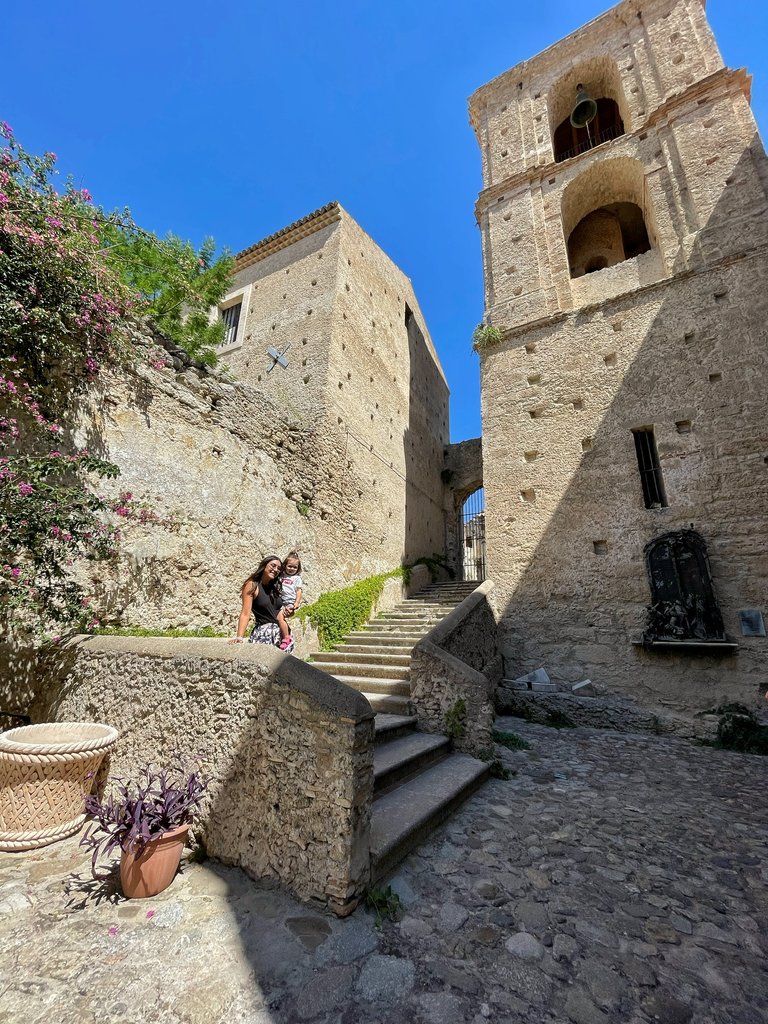
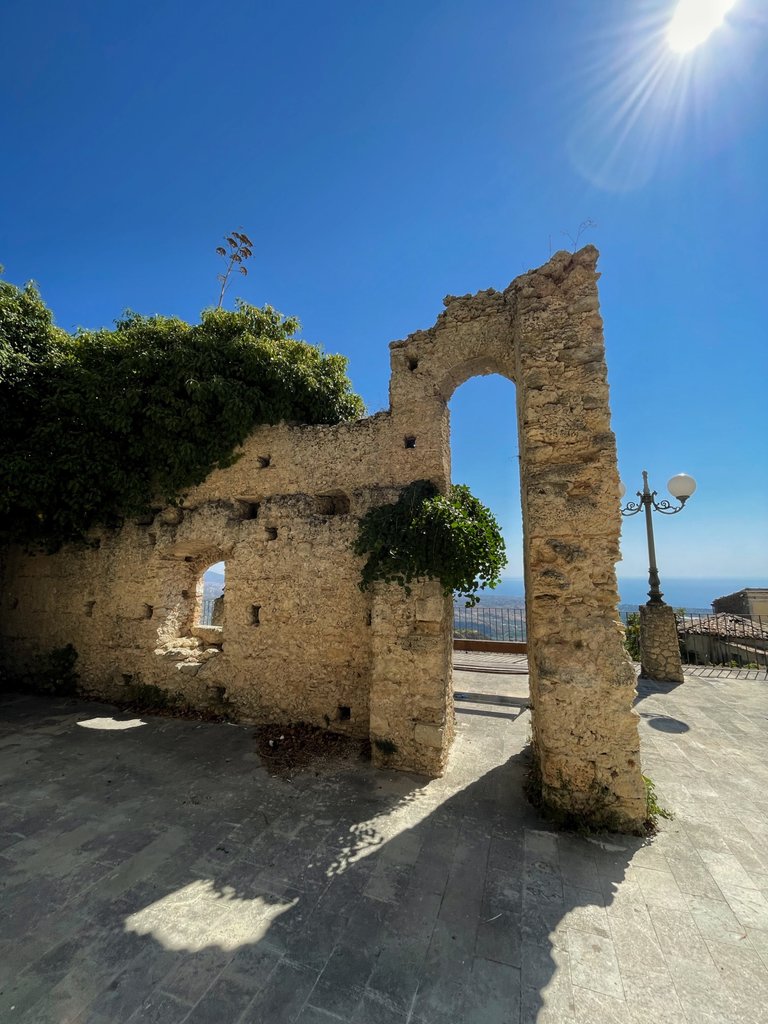
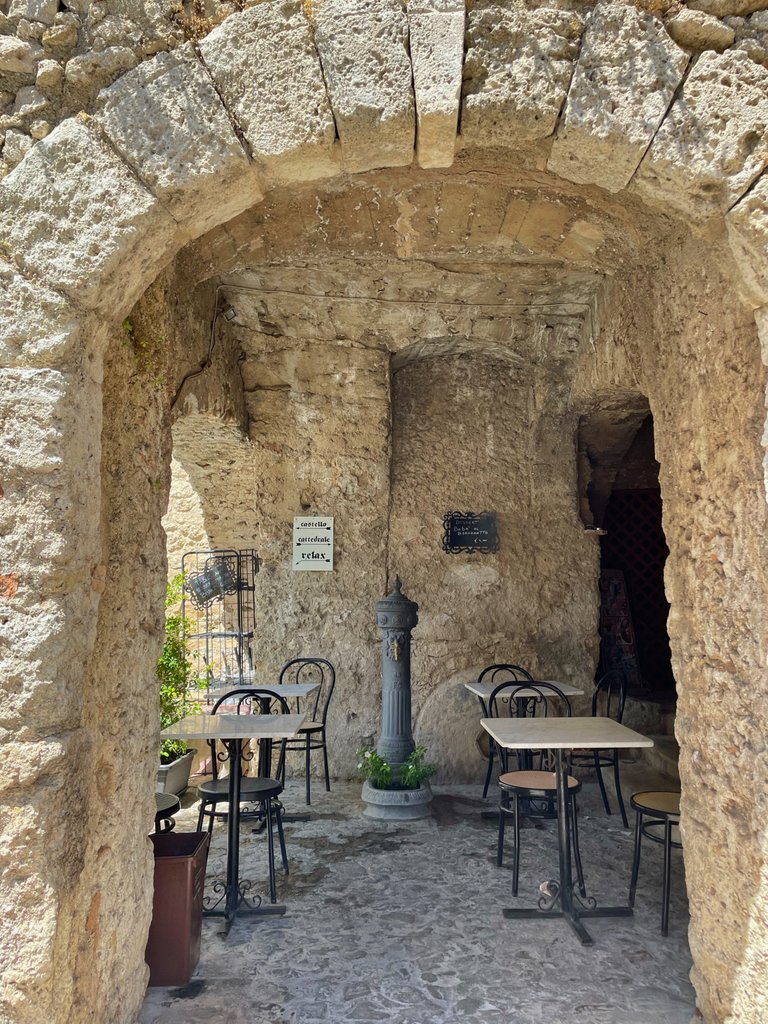
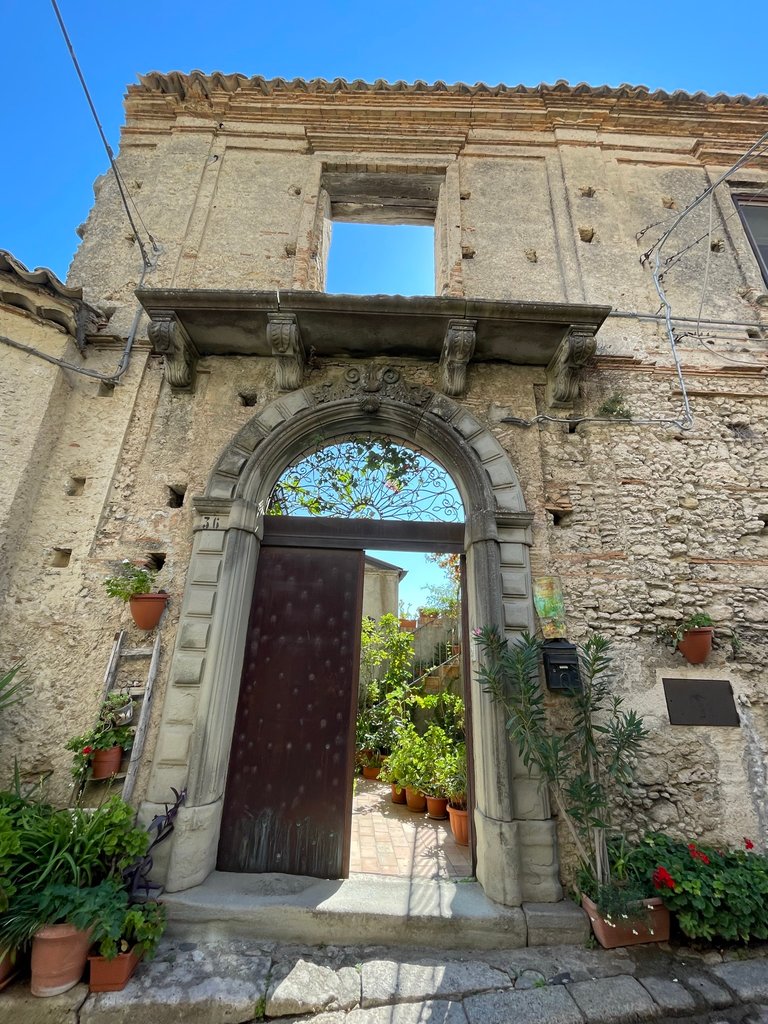
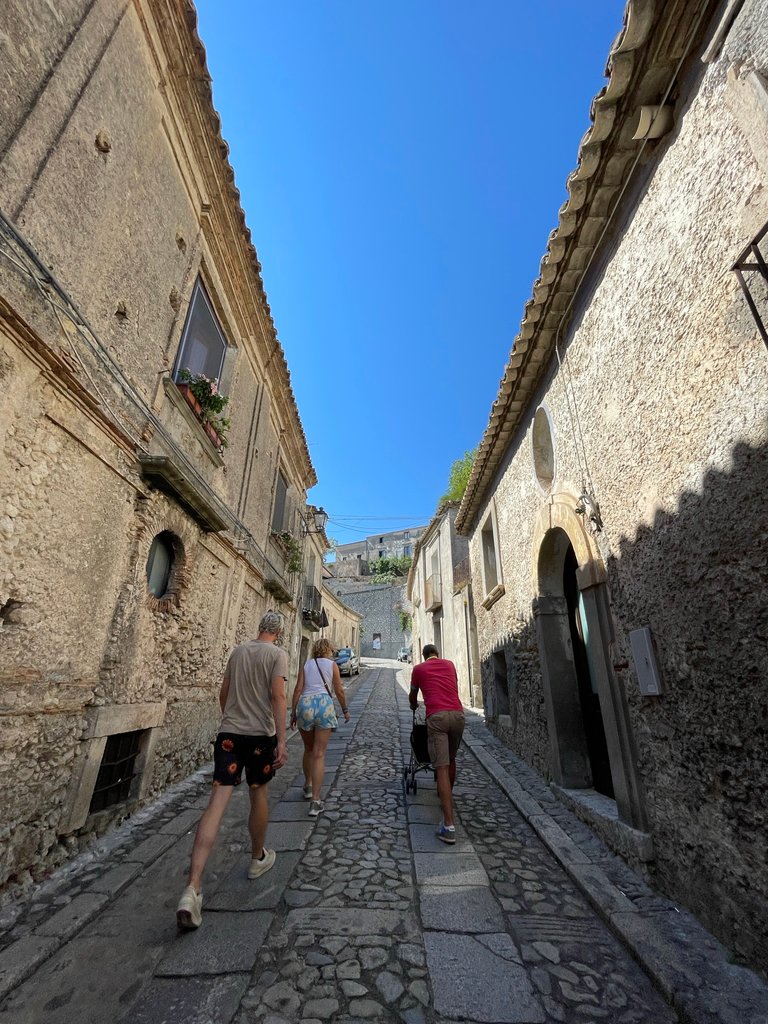
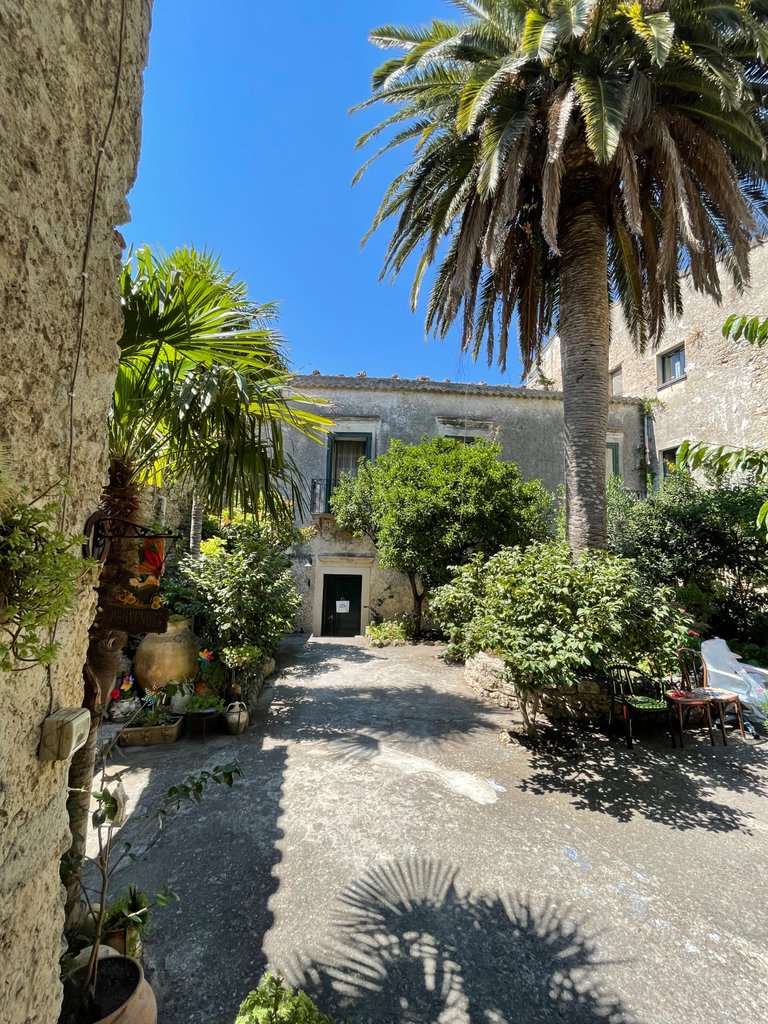
Gerace : the story
The history of this village is linked to that of another village along the Ionian
coast, Locri. The inhabitants, because of the continuous threat of sea piracy,
decided to move to an elevated area, and thus be able to be protected from
attacks but also have control of the movements of enemies.
For this reason they moved from Locri Epizephiri to Gerace. Obviously its
geographical position, which allowed it a natural defense and a view on trade,
was long envied by other populations.
You can notice along the road to climb, the presence of the fortified walls of
protection.
La storia di questo borgo è collegata a quella di un altro paese lungo la costa ionica, Locri.
Gli abitanti, a causa della continua minaccia della pirateria di mare, decisero di spostarsi in
una zona sopraelevata, e poter così essere protetti dagli attacchi ma anche avere il controllo
degli spostamenti dei nemici.
Per questo motivo da Locri Epizephiri si spostarono a Gerace. Ovviamente la sua posizione
geografica, che gli permetteva appunto una difesa naturale e una visuale sui commerci, fu a
lungo invidiata dalle altre popolazioni.
Si possono notare lungo la strada a salire, la presenza delle mura fortificate di protezione.
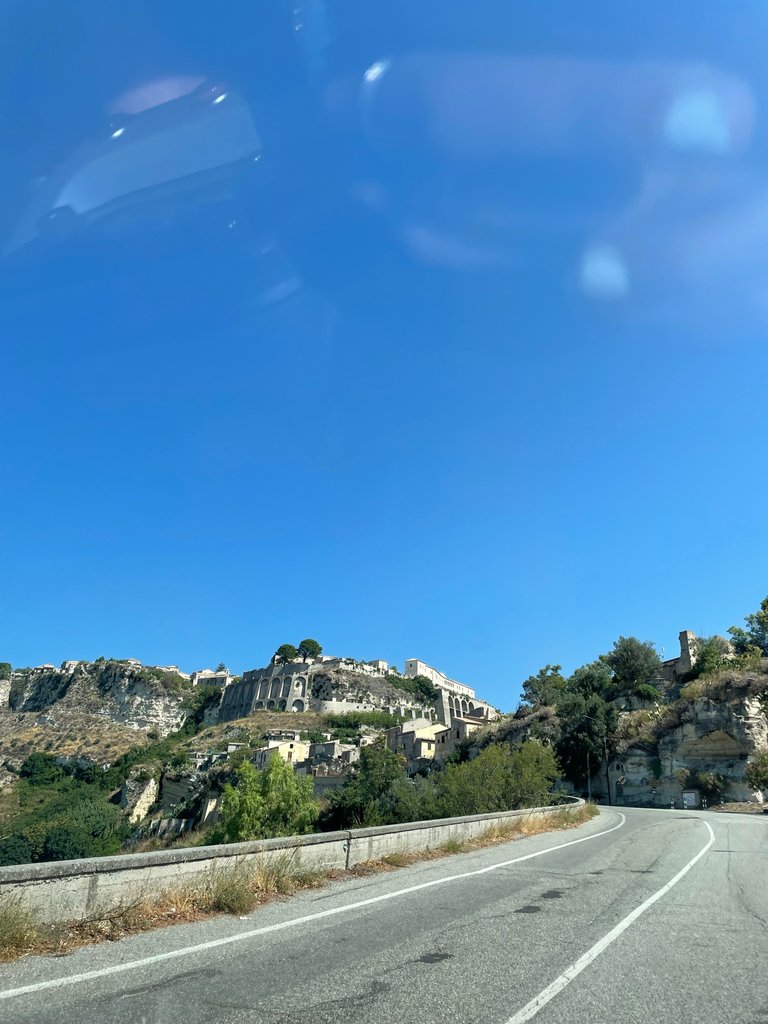
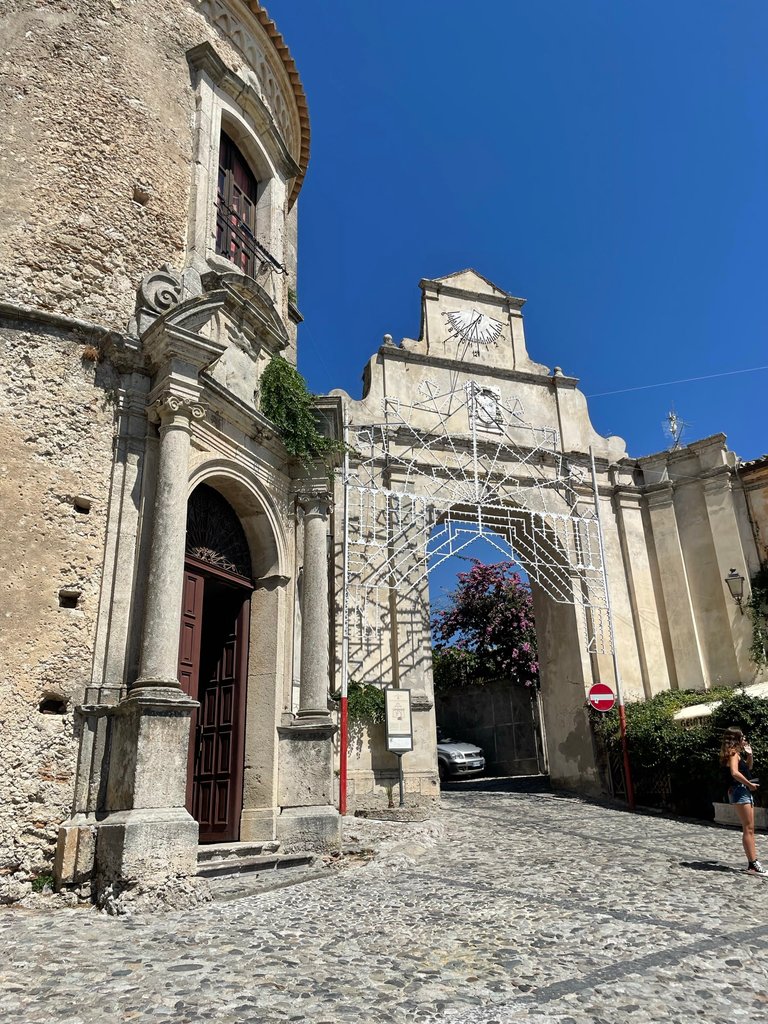
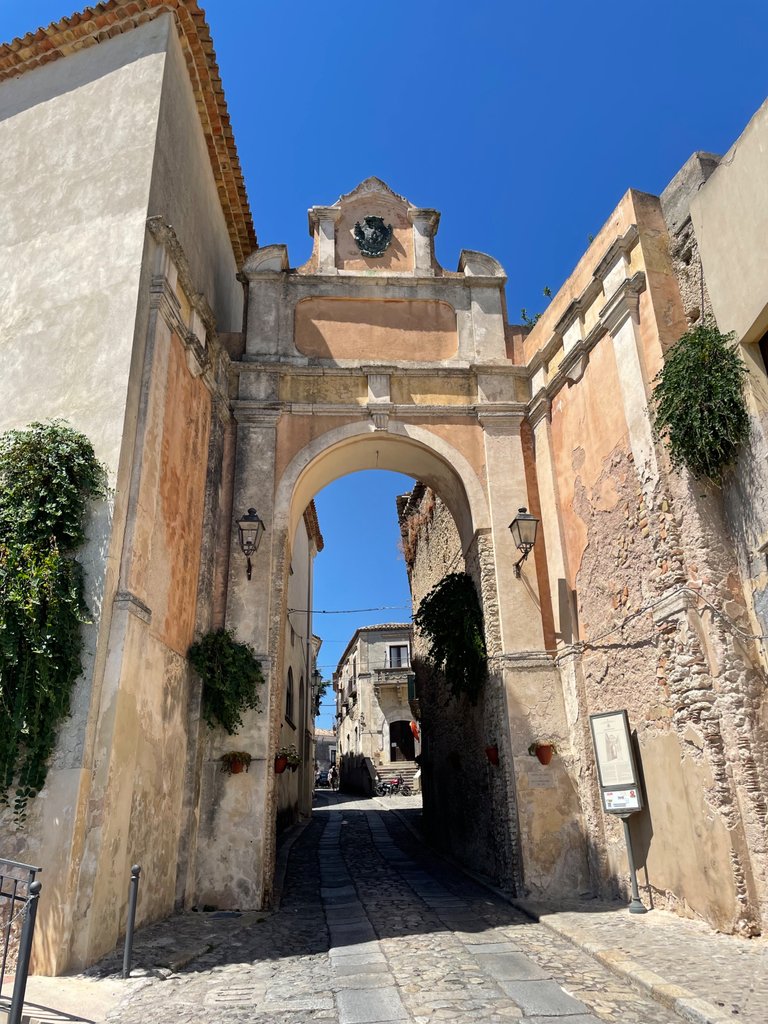
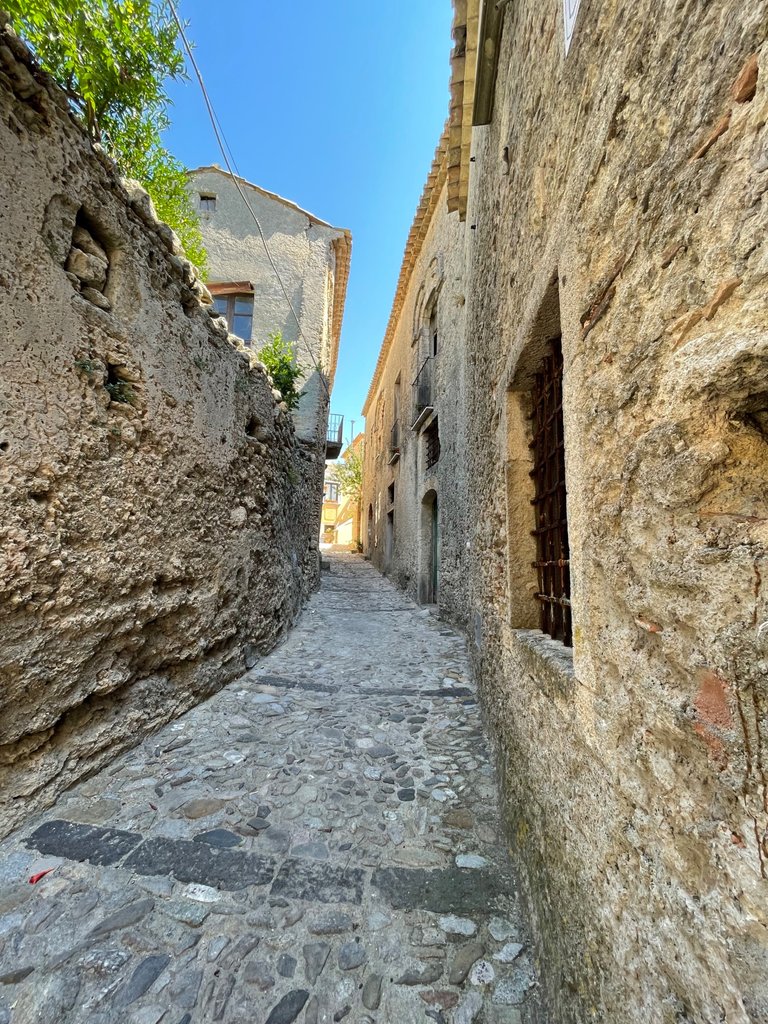
To reach the village you climb for about 10 minutes from the center of Locri,
until you reach 500 meters above sea level, here you can park your car outside
the city and then enter on foot. You have to take a steep uphill road before
reaching the center.
The town is rich in artisan shops, bars, and many churches.
We were able to visit the cathedral and its museum and the church of
Nuziatella, but really there are many, for this reason it is also called the city of
100 churches, and in total today there are 17.
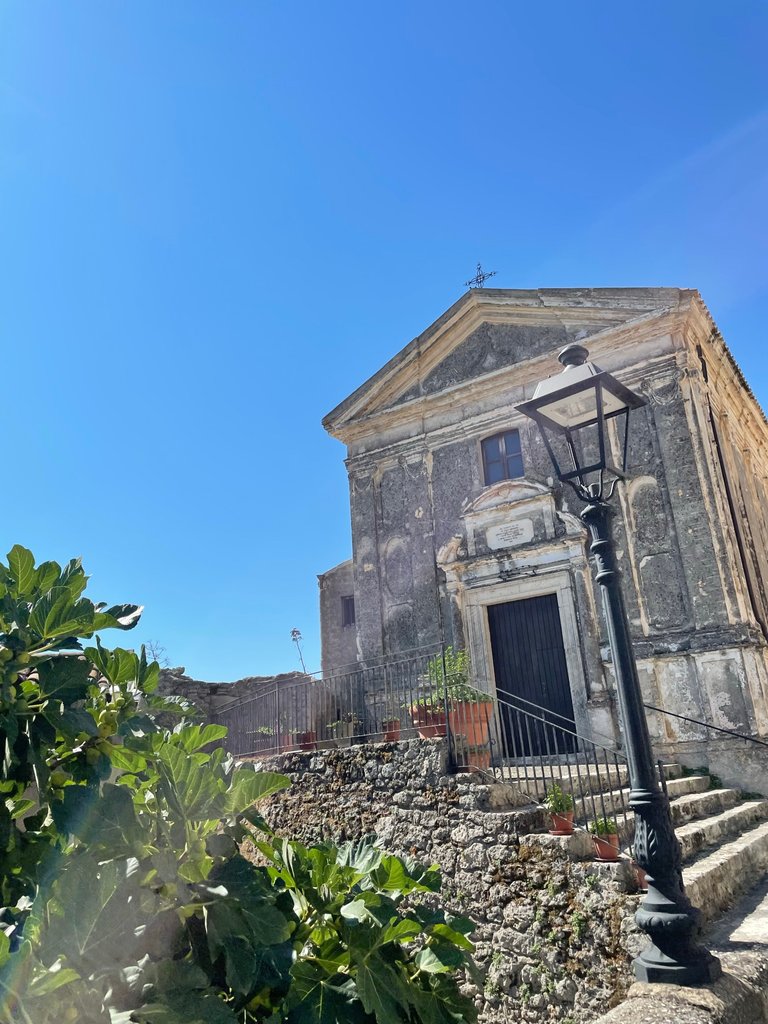
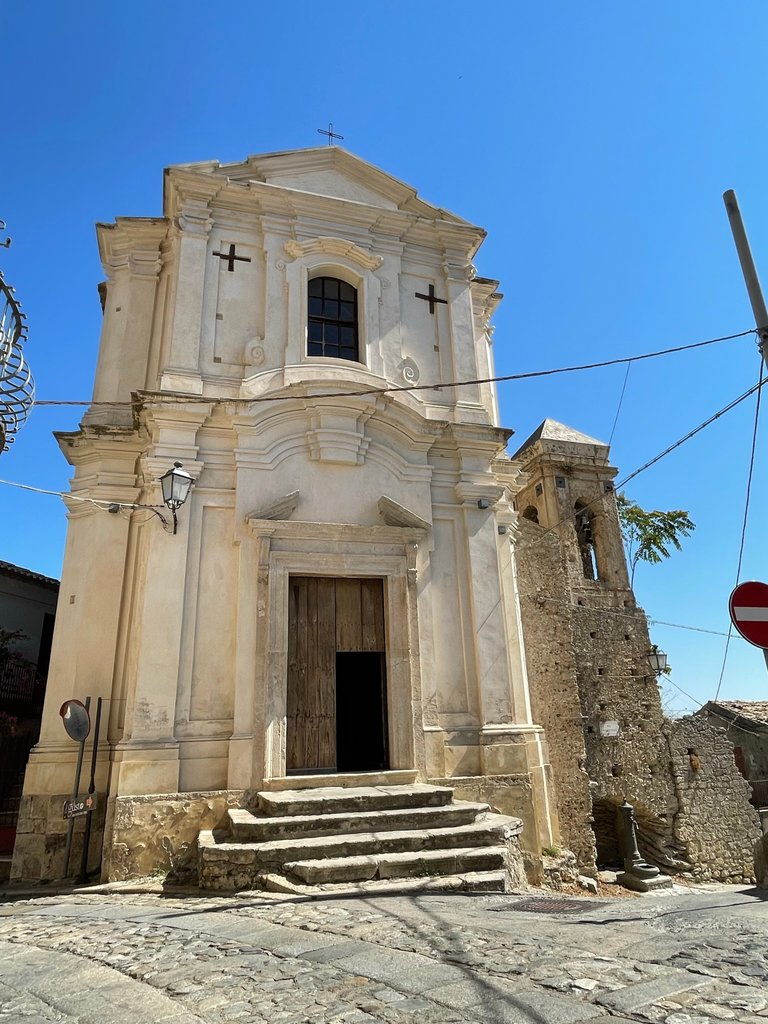

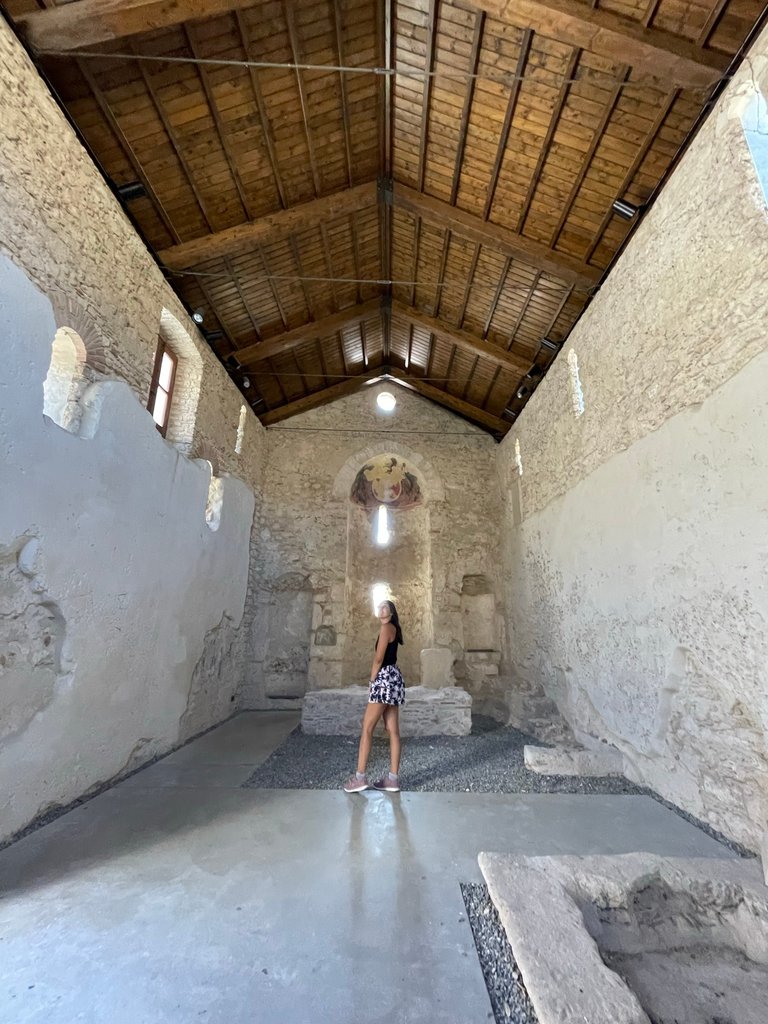
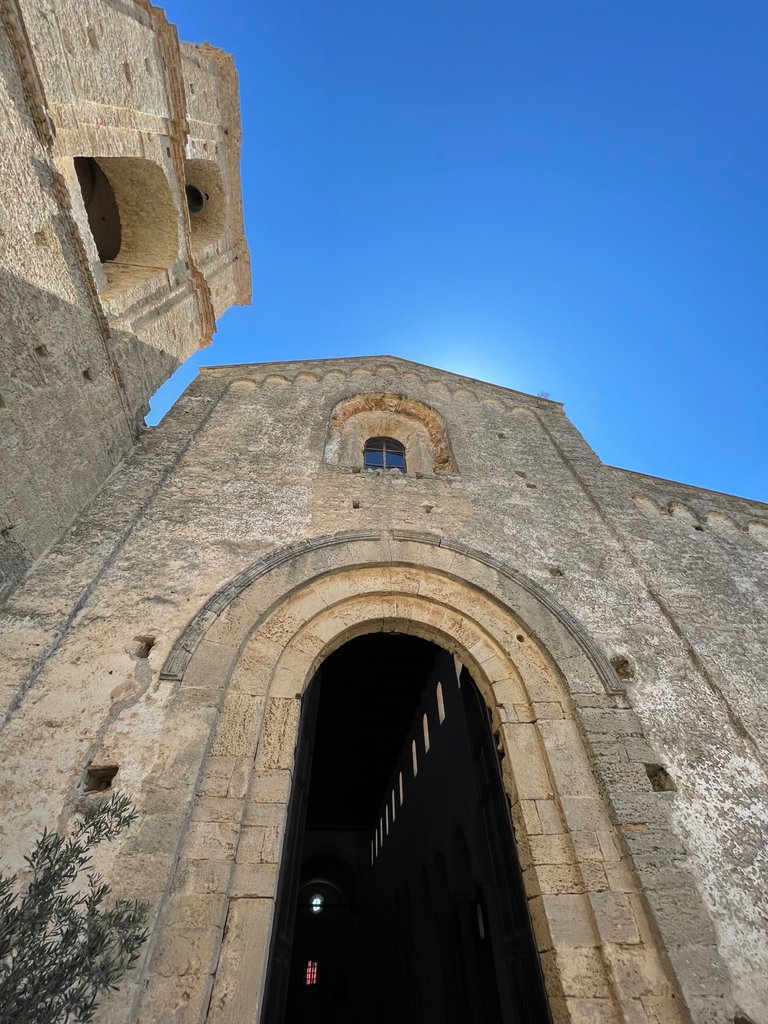
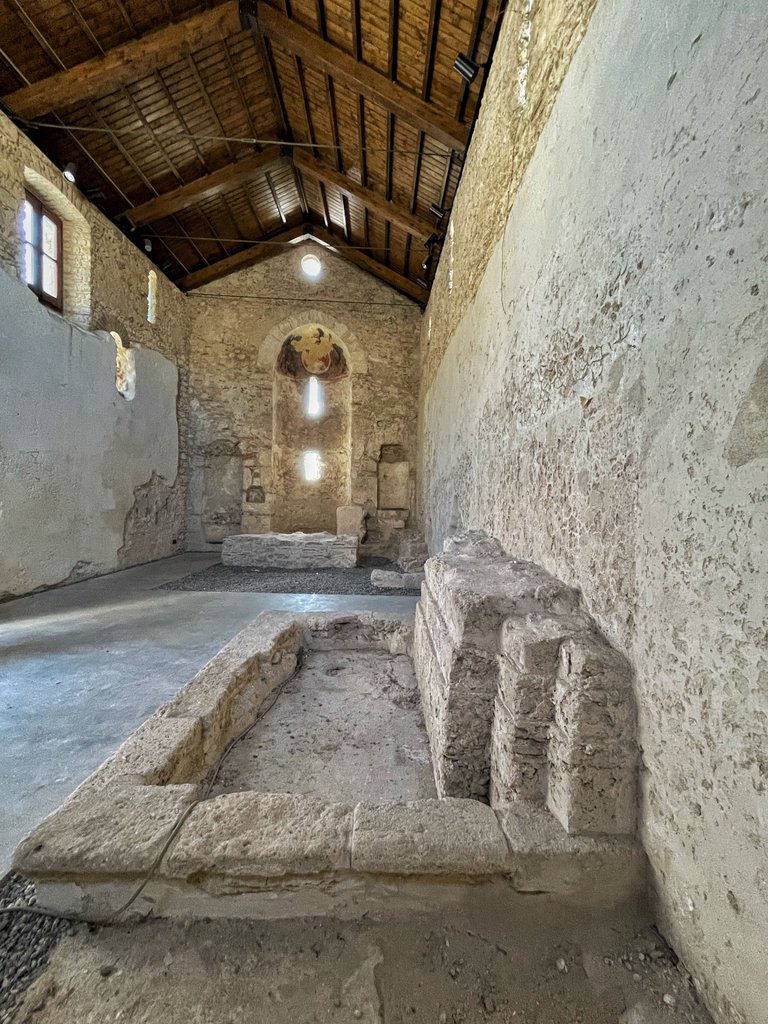
Ovviamente prima della visita al duomo, abbiamo mangiato una buonissima brioches
con il gelato, se vi trovate al sud Italia dovete assolutamente assaggiarla!
Subito dopo siamo entrati nel duomo, l’ingresso costa 3,00 € e comprende la visita
della cripta, il duomo e del museo diocesano.
Il duomo è una costruzione normanna del XI sec. in stile romanico, con tre navate le
quali terminano con degli absidi.
Le navate sono separate da colonne che sorreggono degli archi e la copertura è
composta da travi lignee.
L’interno della chiesa non è sfarzoso anzi è proprio povero di decorazioni come era
per le chiese romaniche.
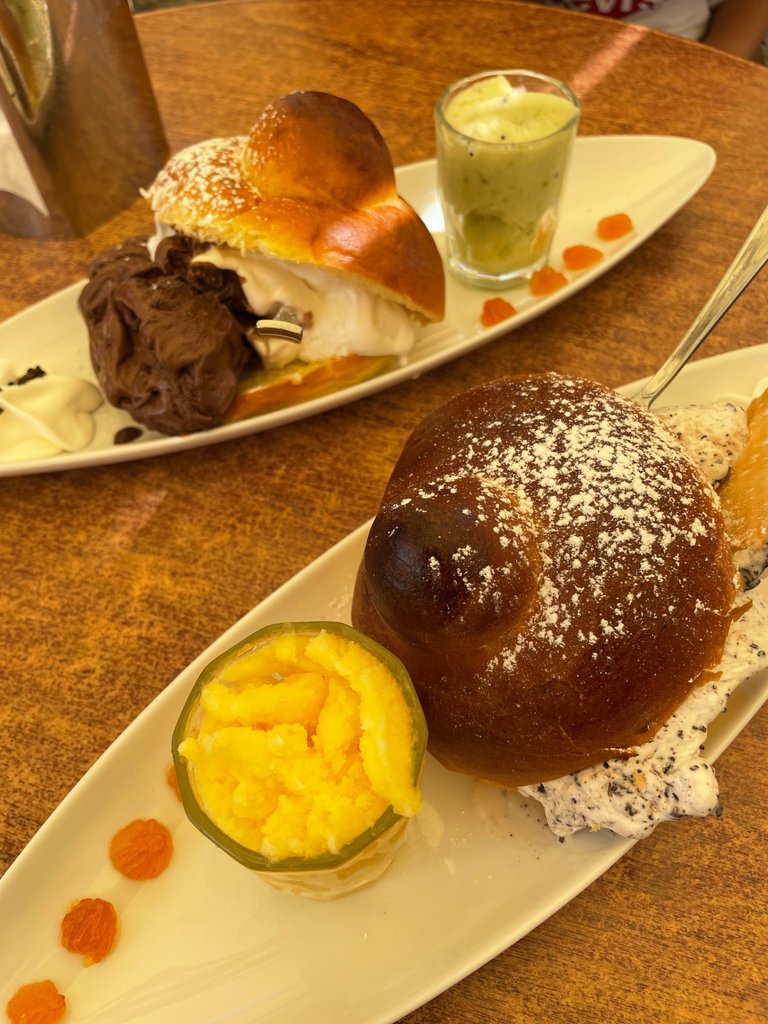
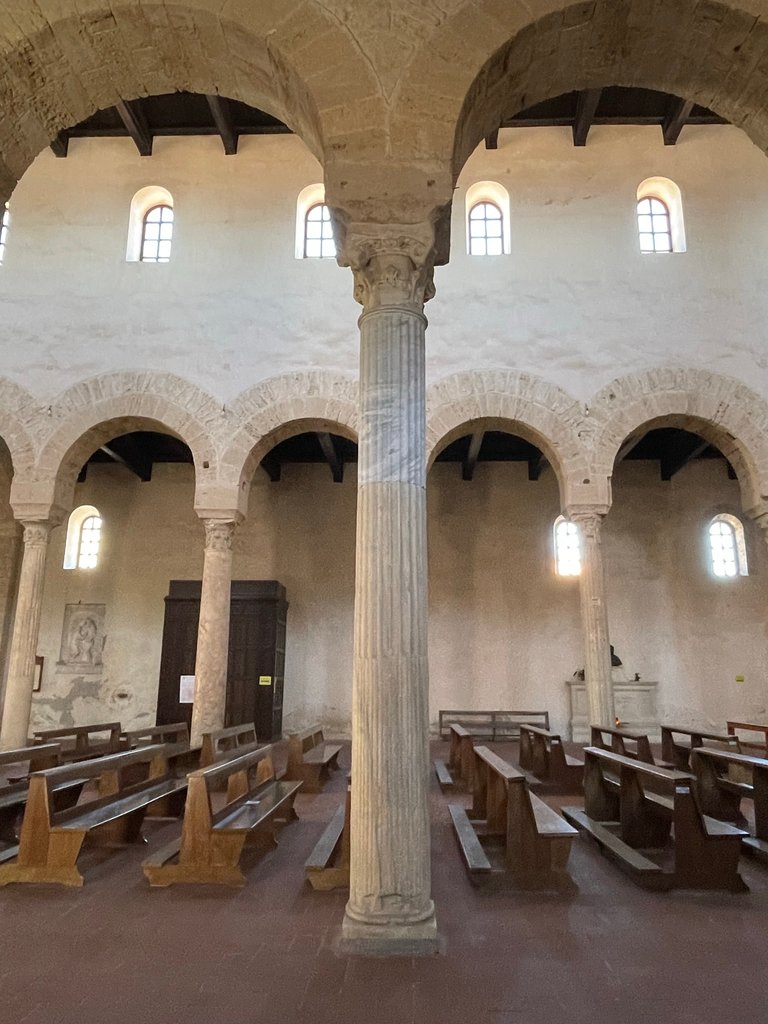

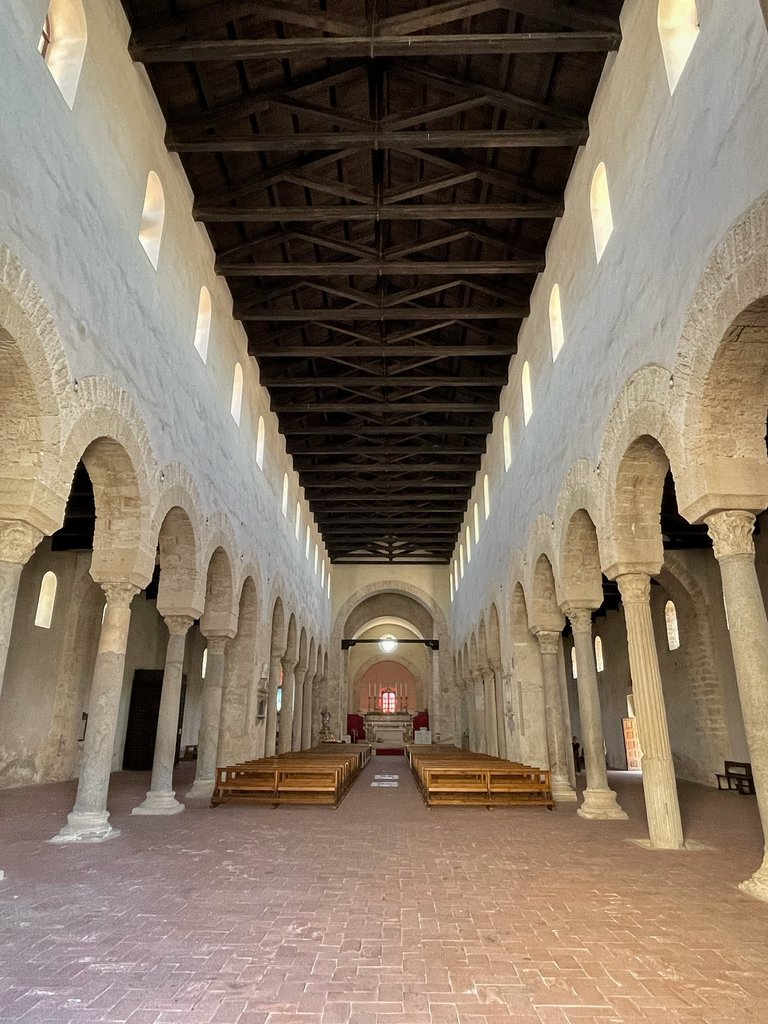
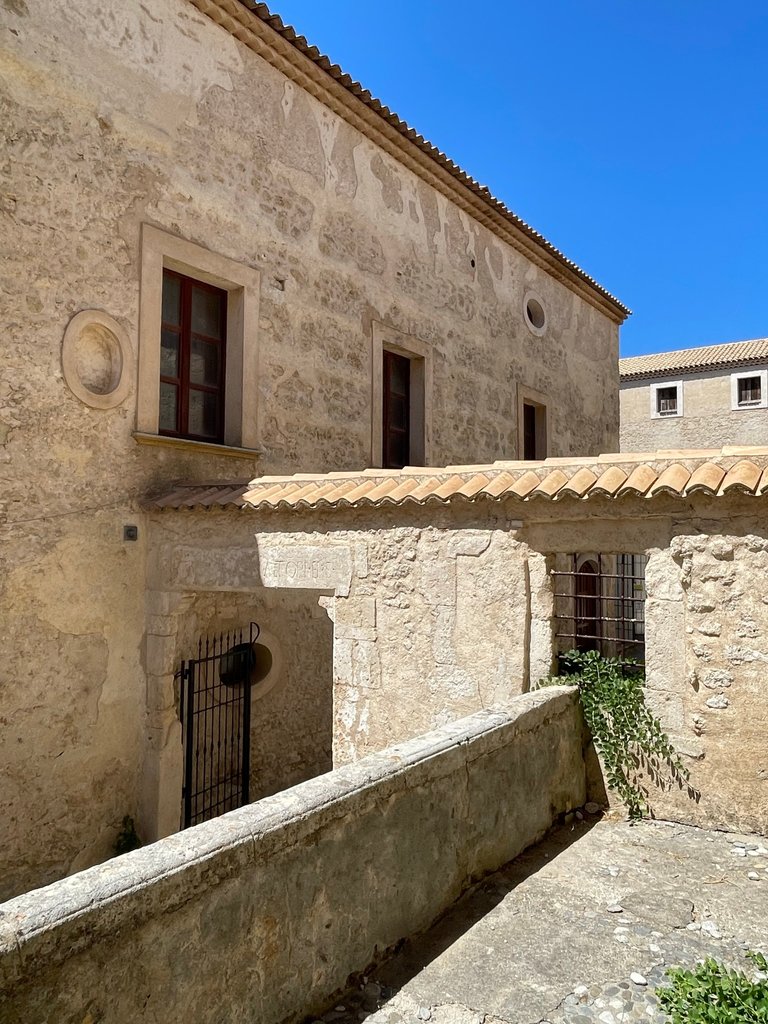
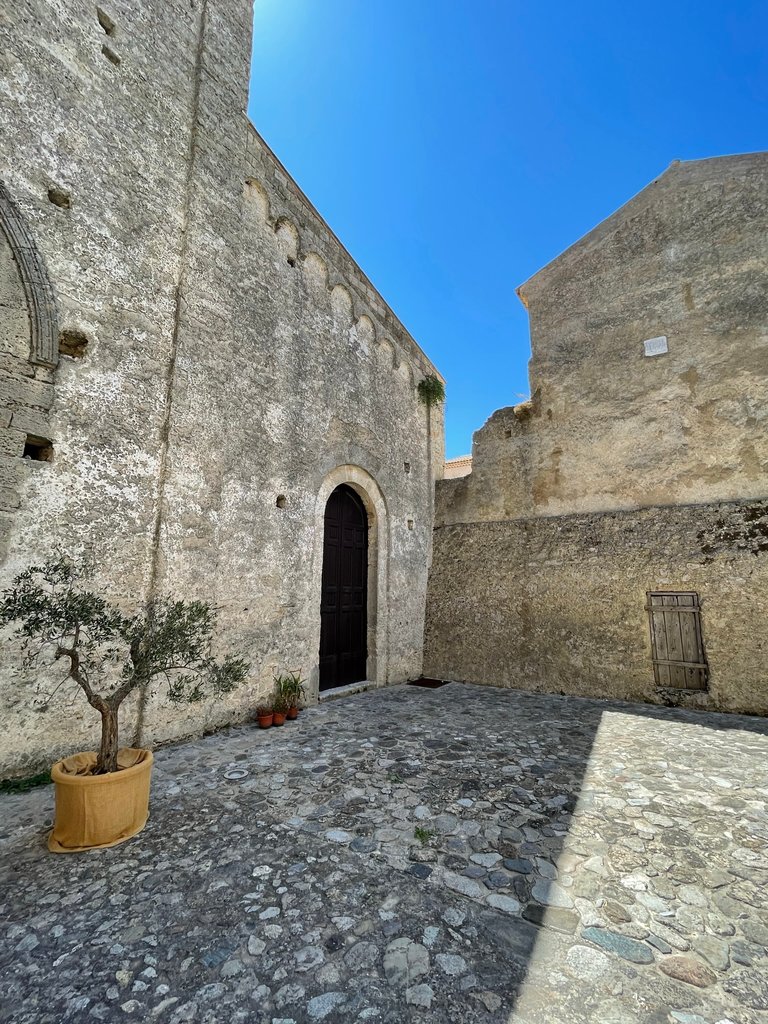
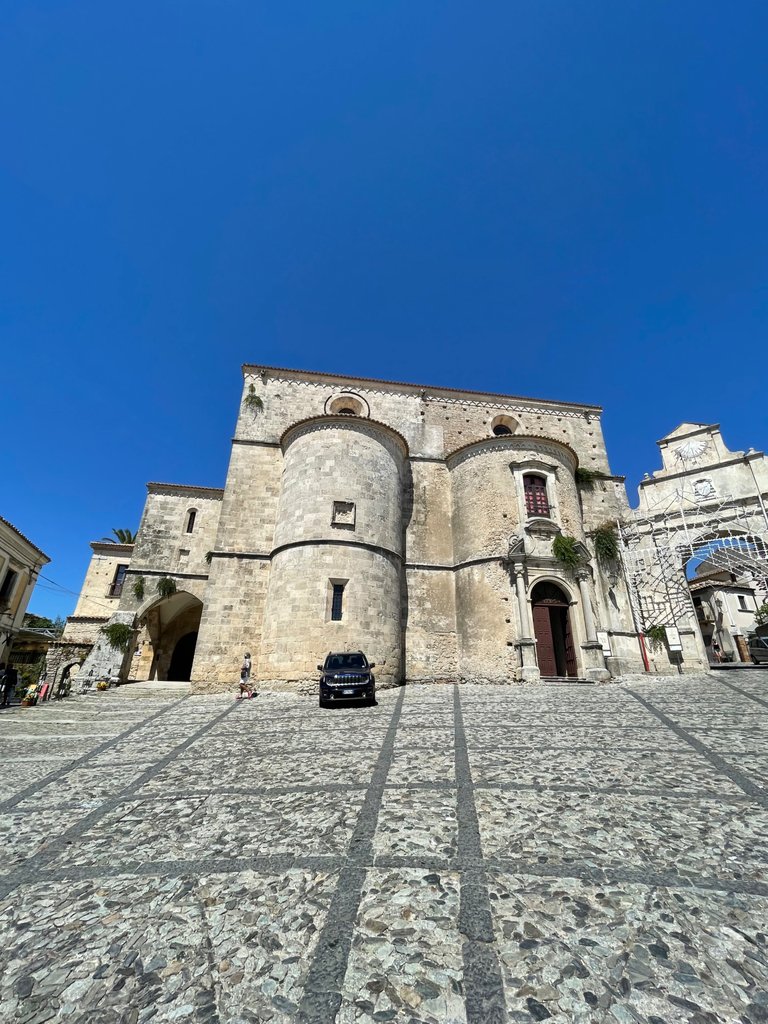
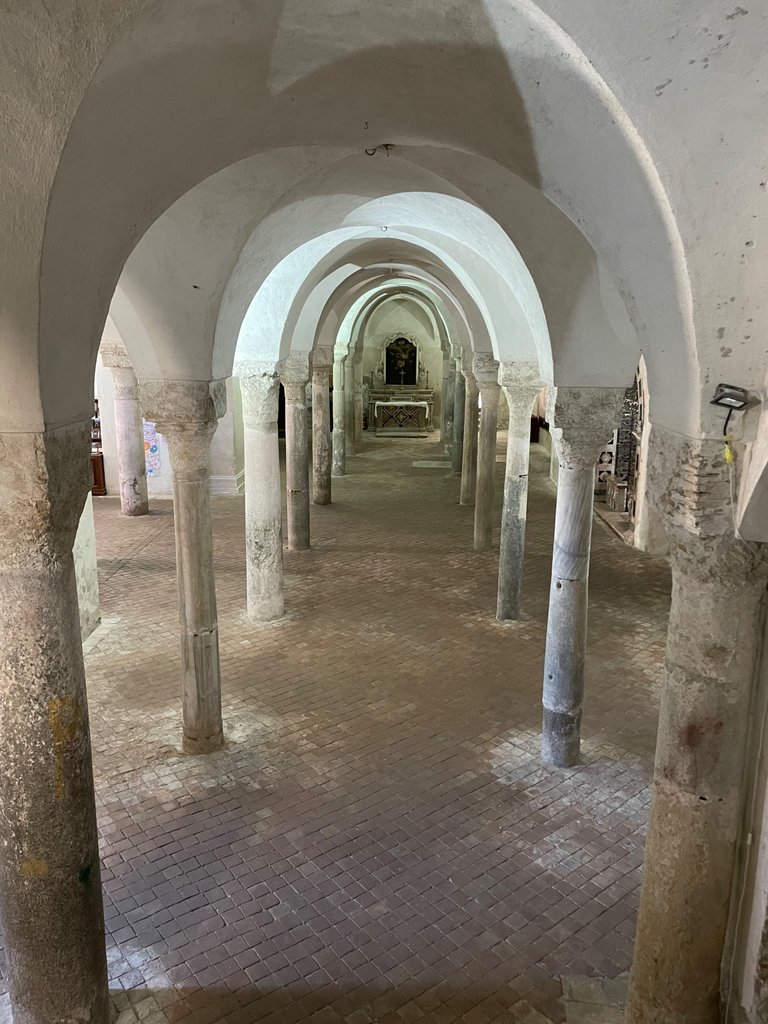
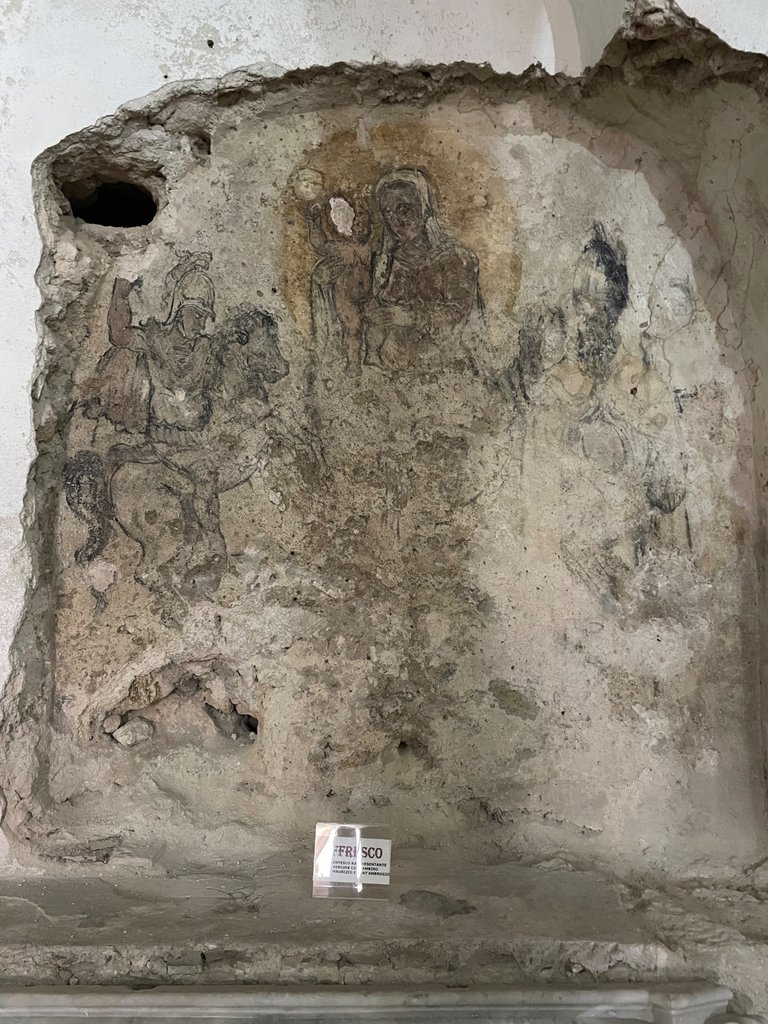
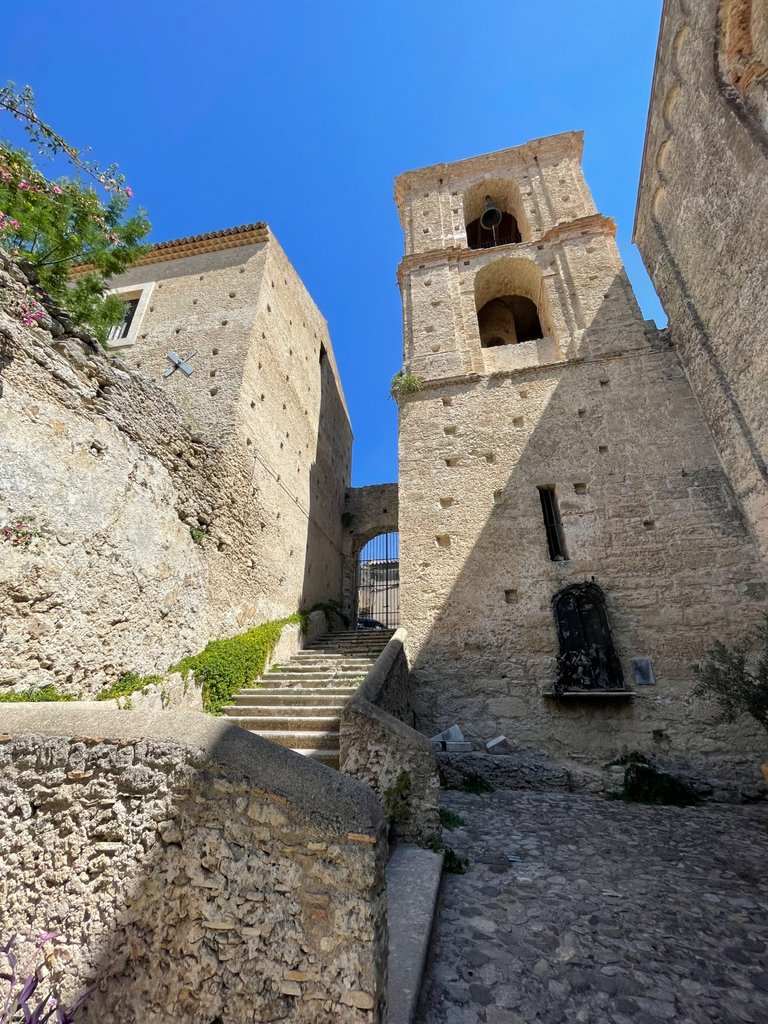
I found the museum very interesting, there were many precious objects in gold
and silver. Many banners and clothes that were used during religious services.
Beautiful also the golden crown of the Immaculate Madonna.
The part that struck me the most was the room containing the choral
manuscripts, next there was the reconstruction of an old desk with the
material to make your own manuscript.
Dear friends, if you are in the area you should definitely visit this country rich
in history.
See you soon
Claere
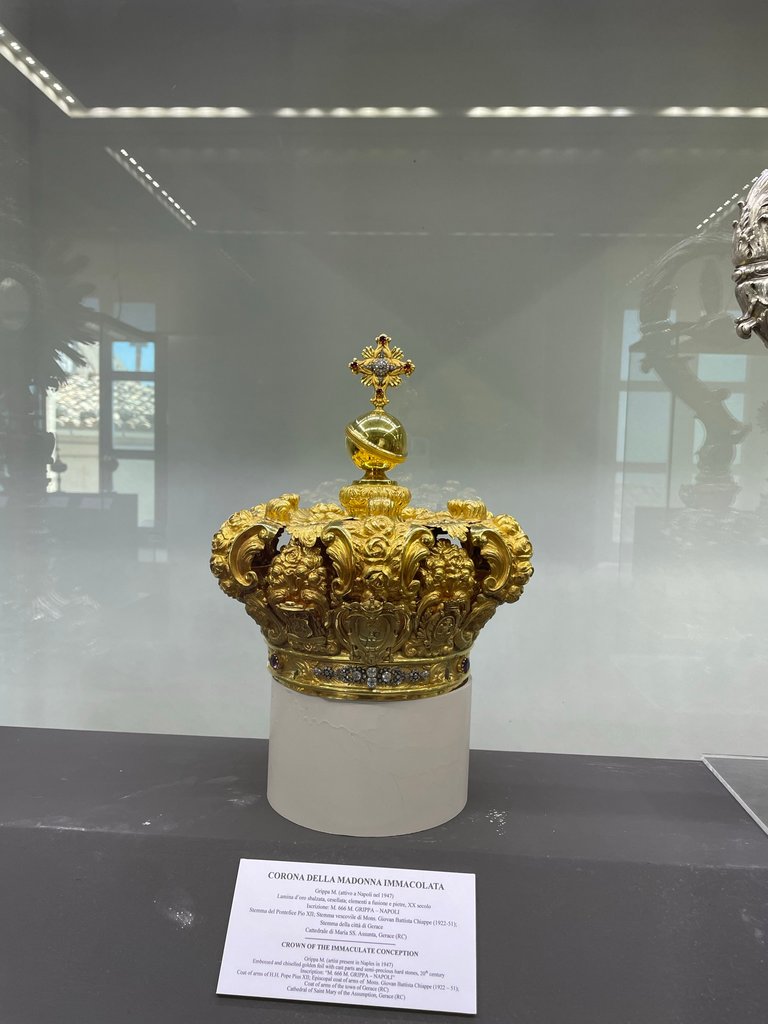
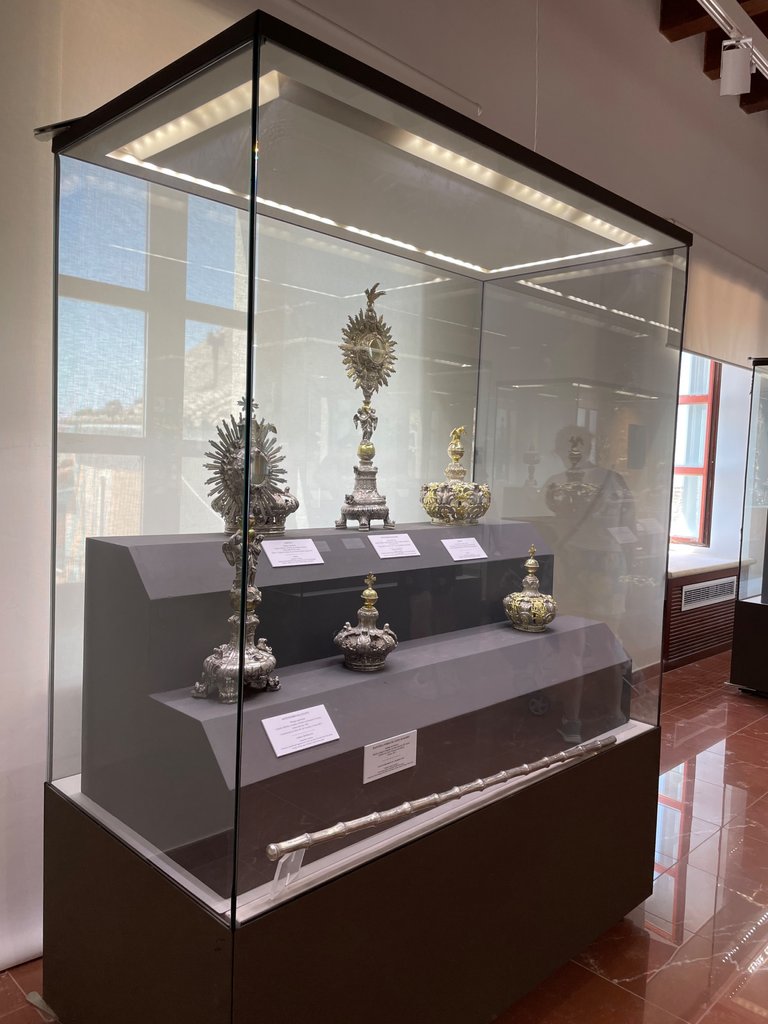
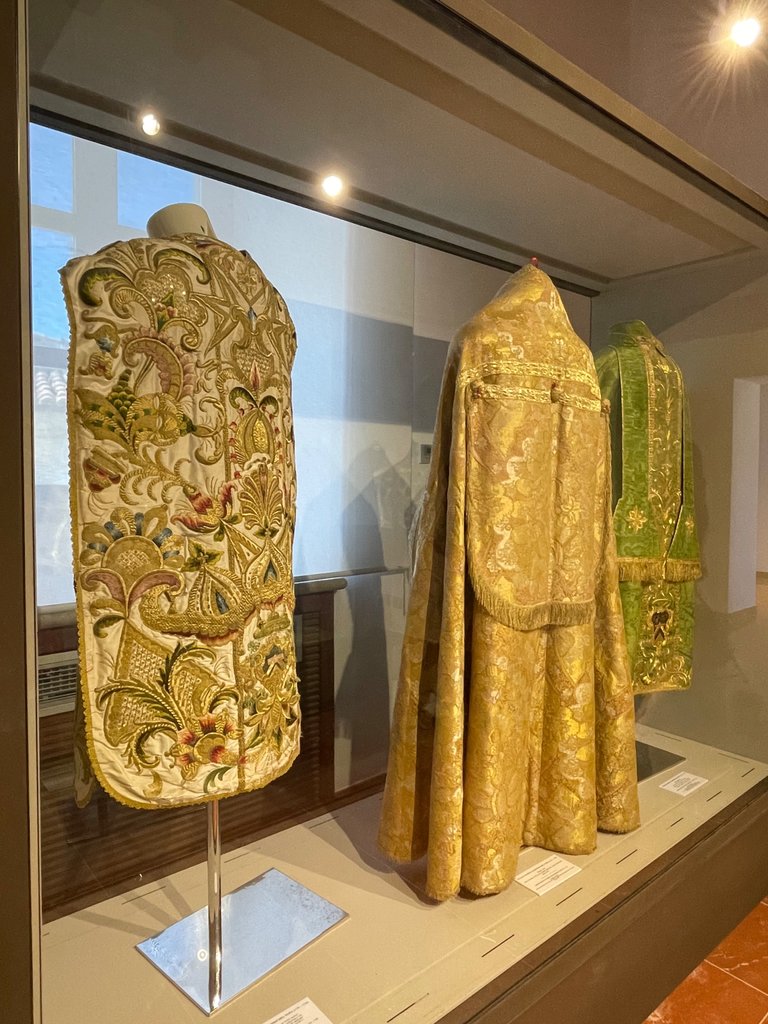
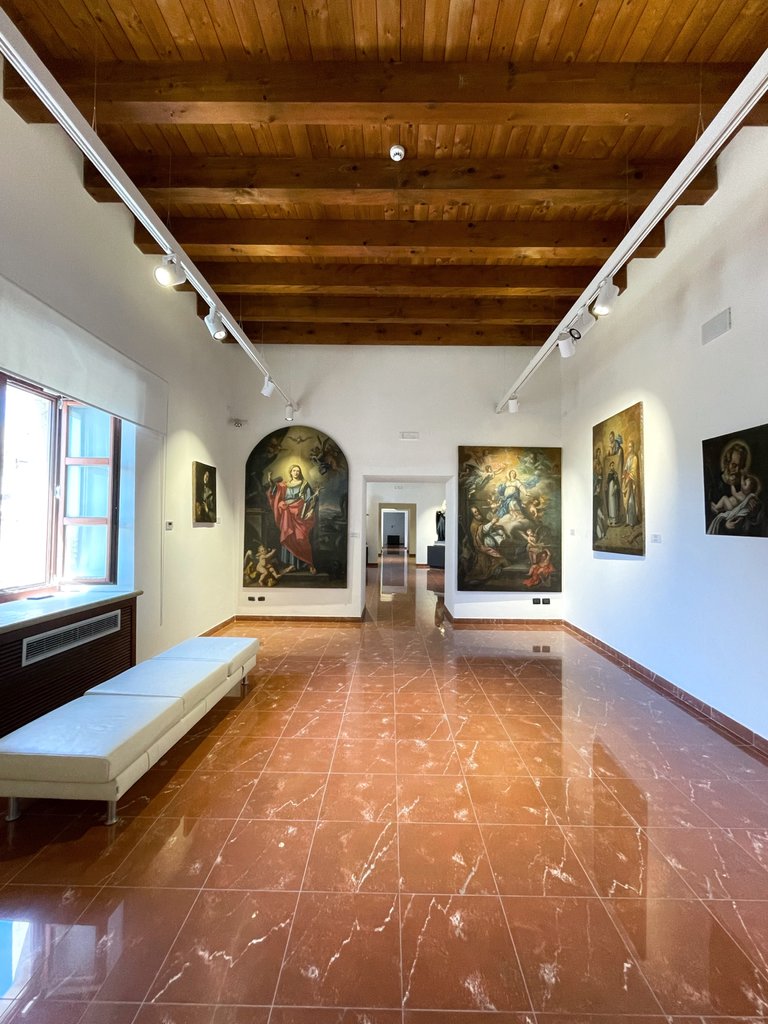
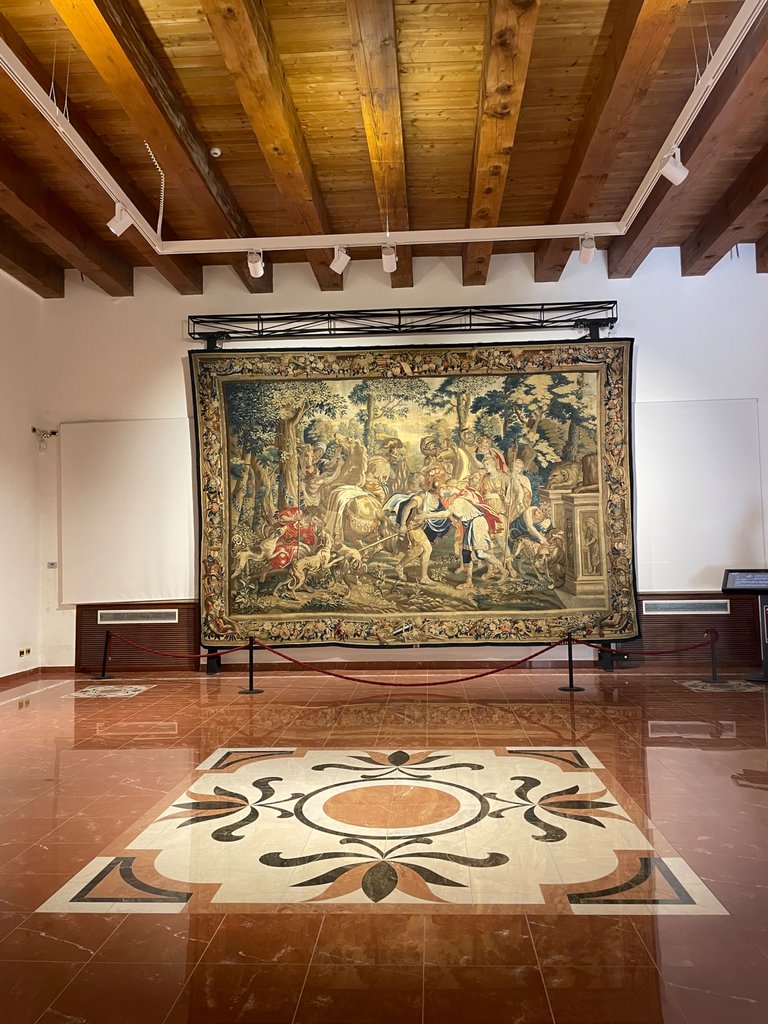
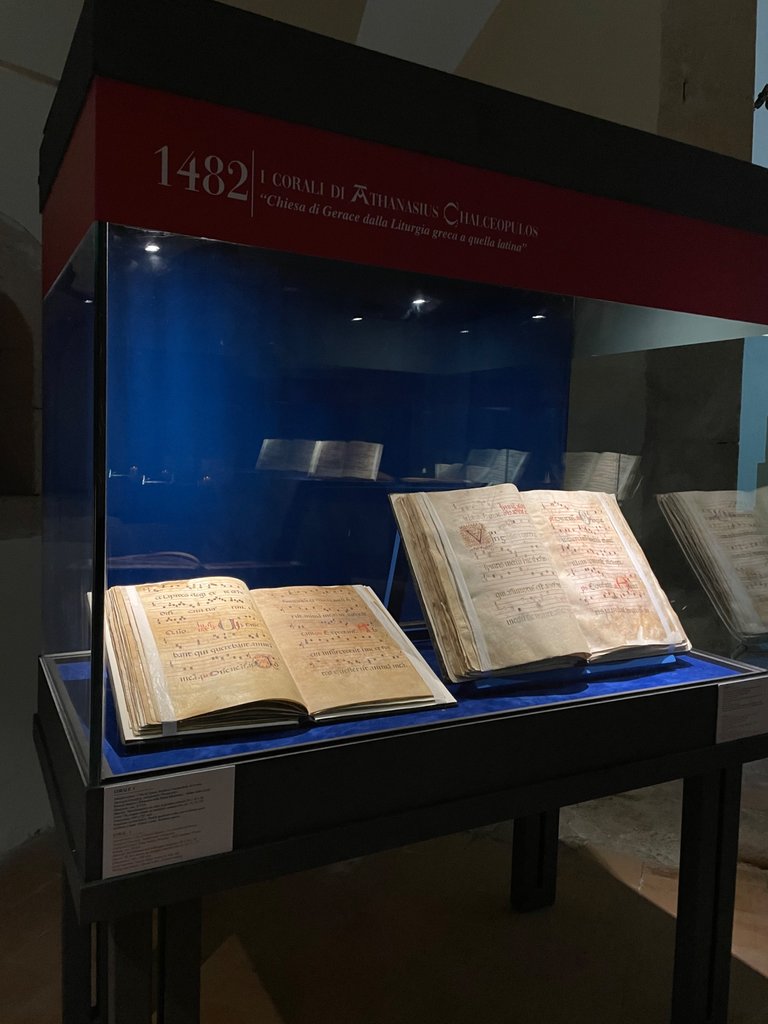
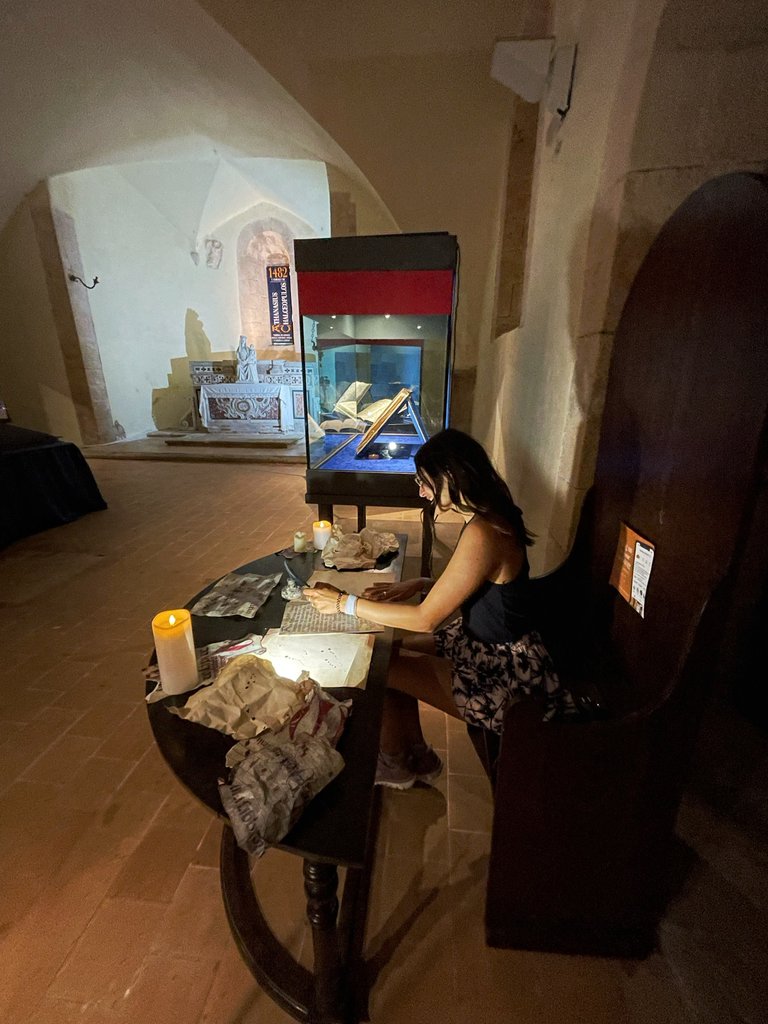
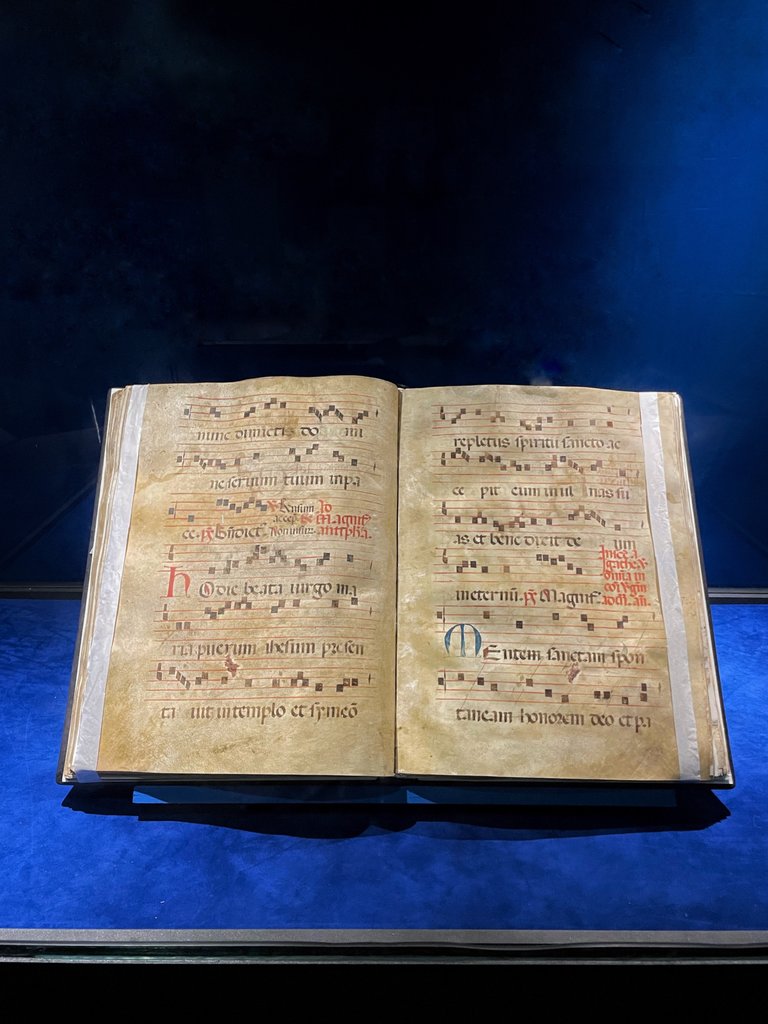
Wow - it looks lovely there - very historic !
!ALIVE
!PIZZA
Thank you so much
Congratulations, your post has been added to Pinmapple! 🎉🥳🍍
Did you know you have your own profile map?
And every post has their own map too!
Want to have your post on the map too?
Travel Digest #1991.
Become part of our travel community:
- Join our Discord
Hiya, @livinguktaiwan here, just swinging by to let you know that this post made it into our Honorable Mentions in Your post has been manually curated by the @pinmapple team. If you like what we're doing, please drop by to check out all the rest of today's great posts and consider supporting other authors like yourself and us so we can keep the project going!Congratulations @be-claere! You have completed the following achievement on the Hive blockchain And have been rewarded with New badge(s)
Your next target is to reach 5000 upvotes.
You can view your badges on your board and compare yourself to others in the Ranking
If you no longer want to receive notifications, reply to this comment with the word
STOP